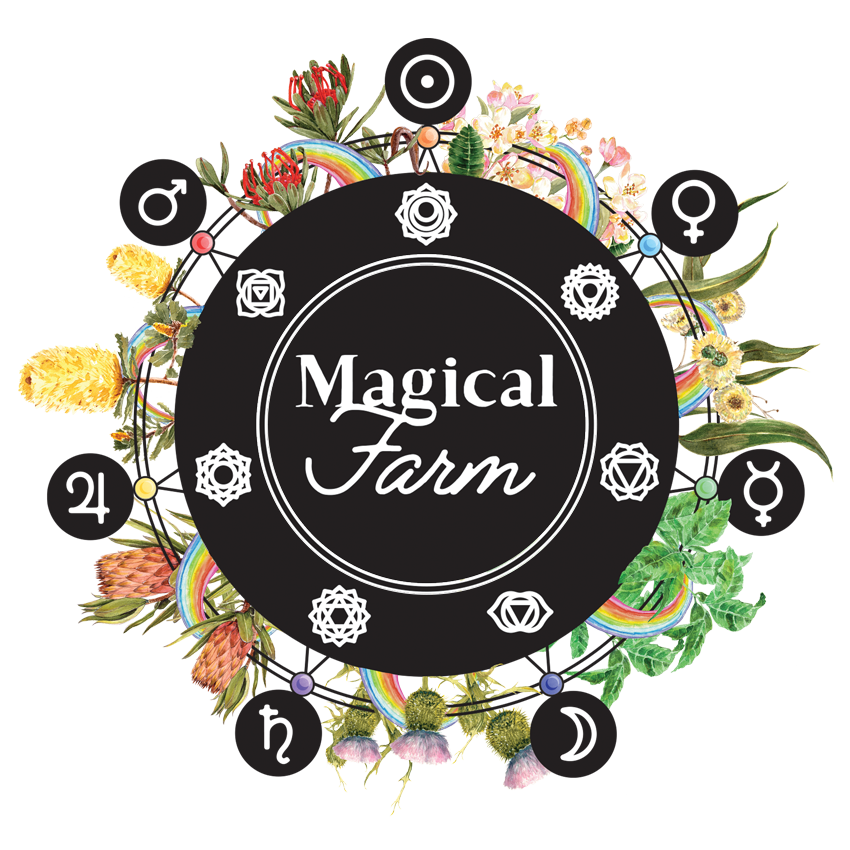By Dr Demeter
Emergency?
What Emergency? Oh…didn’t you hear…we are having a major shortage of tissues, paper towel & toilet paper. Check out this quote :
“This increased demand is once again putting added pressure on supply chains, drying up tissue supplies, and leaving many shoppers frustrated.
One frustrated shopper took to Twitter to ask why more people weren’t discussing the “great tissue and paper towel shortage” of 2022. I can’t believe nobody is talking about the great tissue and paper towel shortage in supermarkets at the moment. Are people using tissues in place of lettuce or what?” the shopper wrote” via this mainstream link https://au.news.yahoo.com/woolworths-and-coles-shelves-stripped-of-tissues-as-flu-season-hits-054233896.html
Meanwhile local government authorities are telling us to spray and weed-out Mullein aka “Cowboy toilet paper” - not only can you wipe your fundament with this amazing plant, you can also make herbal teas (and more) that are of benefit to your lungs. This plant can grow beautifully among a diverse array of other beautiful plant species that also bring benefit to our wellbeing and helps us to avoid having to go to the supermarket for many items.
Quite seriously, the emergency we are facing requires acton not as “shoppers” but as co-creators with our environment; whether you are rural, urban, suburban - the critical thing to do right now is to grow a food forest!
Below I will share with you some research on food forests and its not just because my pen name is Dr Demeter that I am advocating this. Its just commonsense to face the complex challenges of the world that we have right now integral solutions, and unfortunately for the tissue and toilet paper industry they are not going to cut the cheese on these issues.
Lets explore what a food forest is and lets get to work and make one in our community, home or school…
The people in the below video eat 70% of their food from their food forest!
What is a Food Forest… according to Project Food Forest
“A food forest, also called a forest garden, is a diverse planting of edible plants that attempts to mimic the ecosystems and patterns found in nature. Food forests are three dimensional designs, with life extending in all directions – up, down, and out.
Generally, we recognize seven layers of a forest garden – the overstory, the understory, the shrub layer, the herbaceous layer, the root layer, the ground cover layer, and the vine layer. Some also like to recognize the mycelial layer, layer eight (mushrooms). Using these layers, we can fit more plants in an area without causing failure due to competition.
A food forest does not have to be re-planted year after year. Once it is established, it is generally very resilient. Wildlife might come and munch some of the herbaceous edibles in some areas, for example, but other species will not be palatable to them or will be out of their reach. Or perhaps some children will come running through the area in wild play, running off path and possibly causing some damage to the ground cover and herbaceous layers. Not only will they usually grow right back, since many will be perennials and have healthy underground systems, but the trees, shrubs, and vines should be undamaged.”
“In summary, We cannot solve our problems with the same thinking we used when we created them.”
The industrial supply chain does not have the capability to solve the complex issues we face - however taking a living systems lens on the way we design our life can be a way to address challenges such as social isolation, physical health, local economic development. Covid has shown us we need to take back more autonomy over our lives and toilet paper or lack there of must NOT the priority focus of our attention … !



